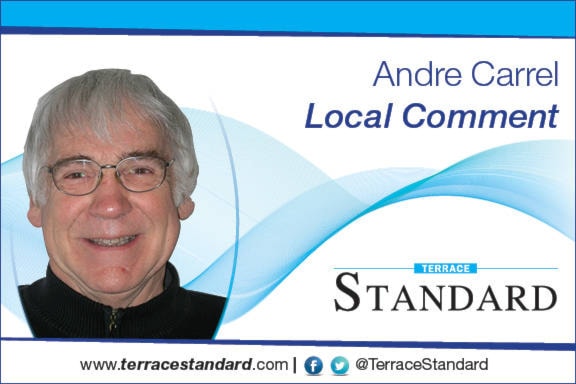Greyhound provided indispensable, affordable, reliable, and coordinated services to residents of small communities and big cities alike. When Greyhound terminated its services to western Canada the announcement should not have come as a surprise.
In 2009 the intercity bus industry warned governments of potential reductions in services for western Canada. The industry referred to outmoded legislative and regulatory regimes and to government subsidies to competitors: “profits from high-traffic routes, bus parcel express, and ancillary bus services can no longer offset losses on low-traffic routes.” A task force of federal and provincial deputy ministers was established to take a look at the problem.
In 2010 the Task Force concluded “that existing policies, legislation, and programs do not unduly impede carriers from undertaking their own actions to enhance the sustainability of their operations” and “that it is the responsibility of the private sector … to develop, manufacture, and operate vehicles for intercity bus service that are both safe as well as economically viable.” The government’s response amounted to a simple: “Not our problem, you fix it!” Eight years on, Greyhound did just that.
History offers examples of how the Greyhound problem could have been tackled. In 1918 the federal government merged some marginal and bankrupt railways serving underdeveloped regions to create Canadian National Railways. In 1937 it created Trans-Canada Air Lines as a subsidiary of Canadian National Railway with a mandate to provide air services to link west and east coast cities. Canadian National and Air Canada today attest that these were astute decisions.
History’s lesson: create a bus service as a subsidiary of Canada Post. Canada Post provides an indispensable, affordable, reliable, and coordinated mail service. Post office plus bus depot presents multiple opportunities for cooperation and coordination of their respective services for small to mid-size and remote communities. Are successful socio-economic strategies tested over the past century no longer viable today, or do they conflict with our current economic ideology?
In ‘The Great Transformation’ (1944) economic historian Karl Polanyi documented “the institutional separation of society into an economic and a political sphere.” That separation was exacerbated by what French economist Thomas Piketty refers to in ‘Capital in the Twenty-First Century’ (2014) as “political regimes that objectively favor private capital.”
These “political regimes” were initiated forty years ago by British Prime Minister Thatcher and US President Reagan. For Keynesian economics, embraced in the wake of the 1929 stock market crash, the purpose of the economy was to serve the needs of society. Hayekian economics, embraced by Thatcher and Reagan, made it society’s responsibility to serve the needs of the economy.
This ideology justifies governments to spend $4.5 billion to purchase a pipeline to boost oil exports; to write off a $2.6 billion loan to a car manufacturer whose last reported profits were $4.3 billion and to offer $3 billion in support of one city’s bid for the 2026 Winter Olympics. Total cost – $10 billion!
My closing thoughts: $10 billion equals ten thousand million dollars! Was the Task Force’s reminder to bus operators of the government’s “need for fiscal prudence” cynicism or sarcasm?
